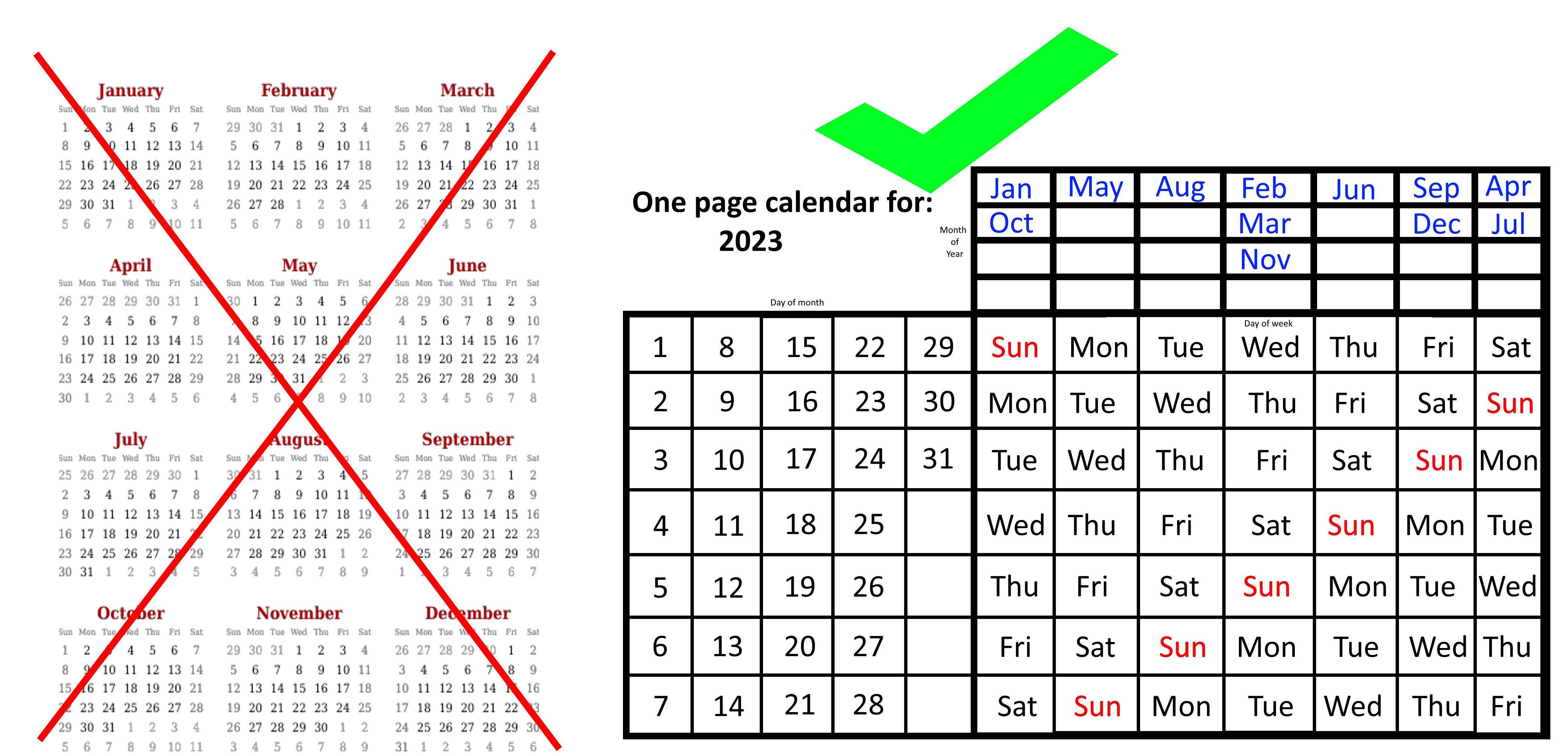The scientific hazards of being Santa Claus
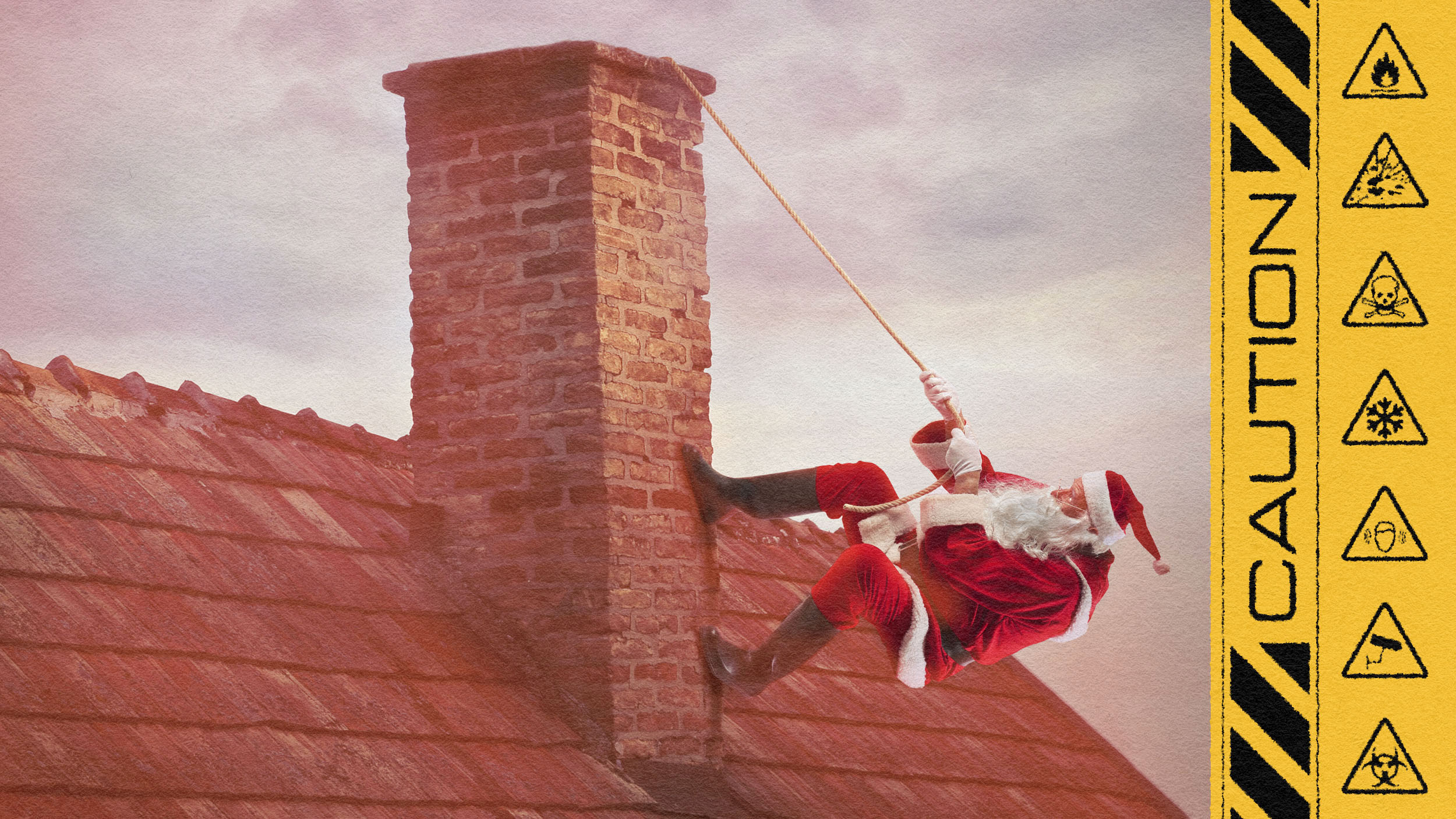
- From making over a million tonnes of toys to delivering them to hundreds of millions of households in one single night, being Santa Claus carries with it a unique set of occupational hazards.
- From equipment operation to work scheduling to heat stress, mental health, and workshop hazards, being Santa Claus is filled with health and safety issues that have generally been under-researched.
- However, in 2015 a pair of researchers published a paper in the Journal of Occupational Medicine and Toxicology discussing the occupational health of Santa Claus. This research should be more widely known.
If you think you have it rough at your workplace, just imagine how hard it must be for Santa Claus. Over the course of the year, he has to oversee the creation of billions of toys and presents for children all across the world. Then, in one Herculean night, he must travel to hundreds of millions of households across six continents (seven, if there happen to be children in Antarctica at the time), delivering over one billion kilograms of presents in the process. In addition to that, he must contend with worker safety, his own physical and mental health, as well as the hazards of heat stress and sleigh riding during his annual global journey.
For too long, there has been a paucity of research into the occupational health and safety hazards that come along with being Santa Claus, as few resources were devoted to understanding both the long-term and short-term risks associated with his unique occupation. But all of that may be changing, as a 2015 paper written by Sebastian Straube and Xiangning Fan in the Journal of Occupational Medicine and Toxicology kicked off what’s sure to be a fruitful field of inquiry into the occupational health of Santa Claus. Here’s what everyone considering a job at the North Pole should be thinking about.
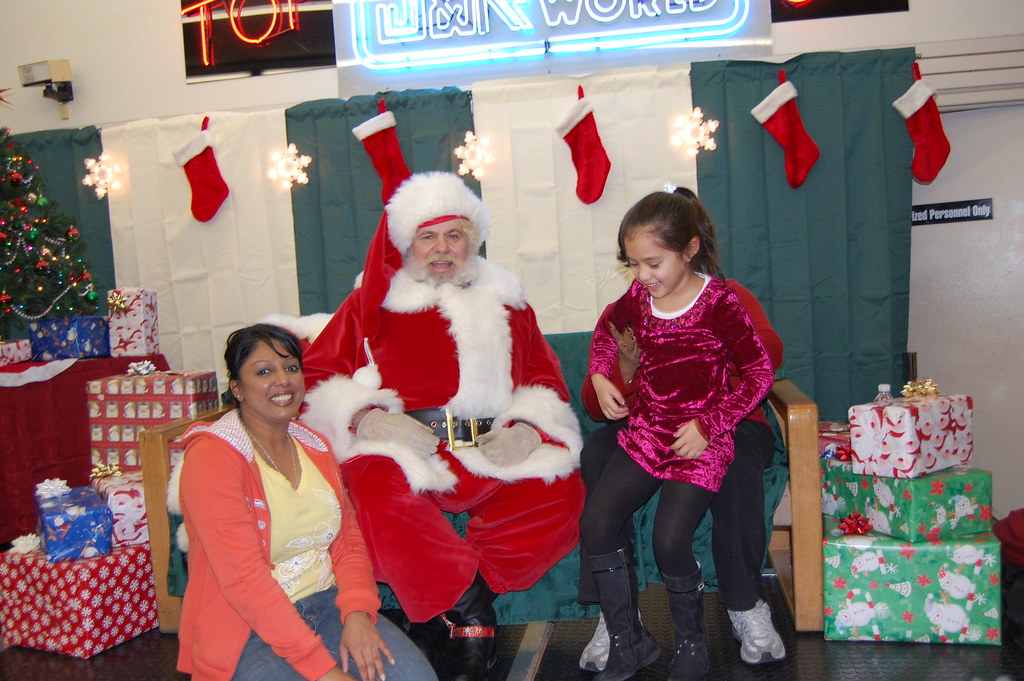
The perks
It’s important to recognize there are many reasons that one might be envious of Santa’s job, as there are a great many luxuries he enjoys that most of us would be happy to experience.
- Santa largely makes his own schedule, as other than the long overnight from Christmas Eve to Christmas morning, there are no external obligations on when he accomplishes his work.
- He runs the world’s largest toy shop, which is certainly a joyous occupation that toymakers across the globe can attest to.
- Do you like cute animals? Well Santa has the rarest of all animals at his disposal: flying reindeer, of which there are at least 8 of the brown-nosed variety and 1 of the red-nosed variety.
- His company uniform is stylish beyond belief, containing a soft, fur-trimmed tunic and trousers, a belt with a prominent buckle, and a hat that thousands upon thousands of impostors don every holiday season.
- He gets to journey all over the world, to even the most remote destinations: wherever there’s a child who believes in Santa, you can guarantee he’ll visit your household before dawn arrives on Christmas morning.
- And he clearly enjoys his work, as Santa is always seen smiling and laughing, bringing a holly, jolly Christmas to all who are fortunate enough to encounter him.
And yet, despite all of this, Santa’s workplace activities carry with them major occupational hazards and health issues that demand future research. Here are the major problems that all future Santa researchers should consider.
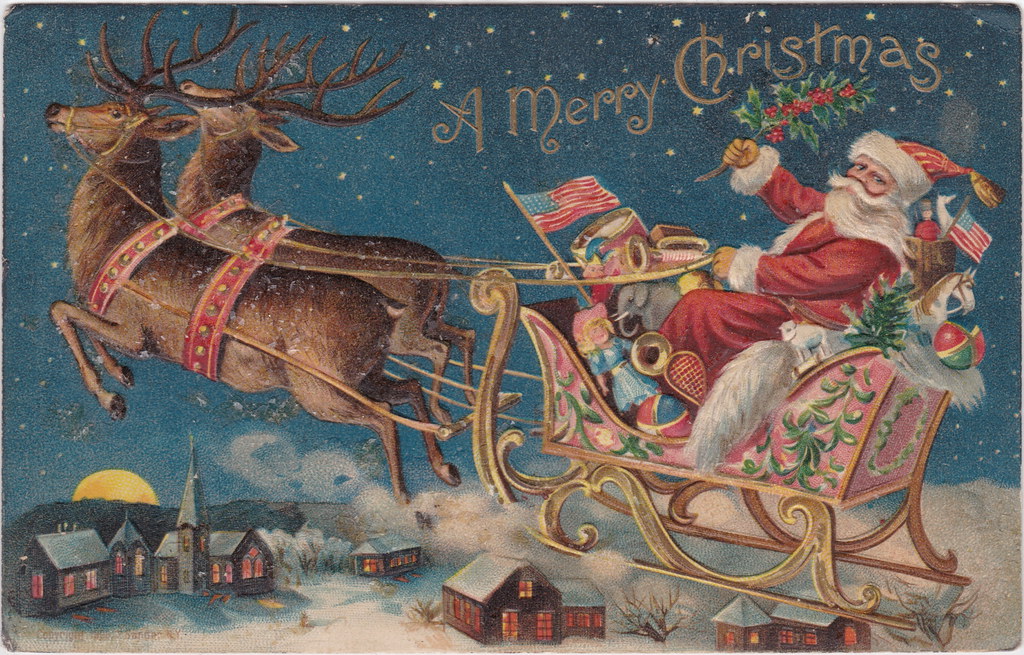
Sleigh safety
If you’re involved in the transportation industry in any way, shape, or form, you must be keenly aware of the hazards inherent to your work. Unlike pilots, truckers, and captains, there’s a long tradition of households leaving a cup of brandy for Santa, which must be regarded as a hazard even if Santa is only a passenger, leaving the reindeer to be the sleigh operators. Sleighs in general suffer from a lack of safety features: belts, airbags, crumple zones, etc., and Santa would be well-served by upgrading his vehicle to modern, 21st century safety standards. This is particularly important, as sleigh driving is known to carry a high risk of injury.
Finally, one must wonder about the lack of both a copilot and a radio operator aboard the sleigh, especially considering the congested airspaces above major cities that Santa must contend with as he embarks on his present-delivering journey. However, it must be noted that NORAD, the North American Aerospace Defense Command, does have a dedicated Santa tracker, and so it is possible that the lack of a copilot and a radio operator is in no way a hindrance to creating the clear airspace (or groundspace, given that his sleigh is a dual-use vehicle) required to perform his duties.
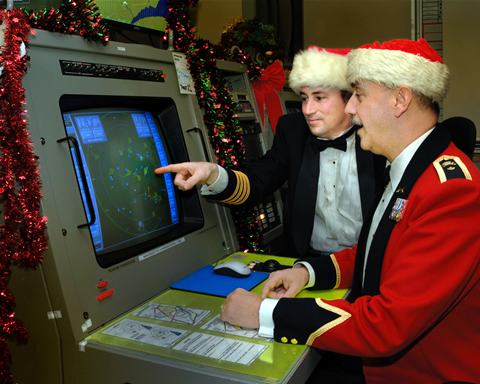
Work scheduling
Although many of us might look at an uneven work schedule throughout the year as a benefit, touting time off, slow seasons, and large amounts of vacation as the reasons why this would be a desirable set of conditions. However, research does not bear this out; it turns out that worker health and wellbeing suffers whenever routine work schedule instability arises. Psychological distress, lower sleep quality, and increased unhappiness are all associated with worker schedule instability, and given the seasonal nature of Santa’s work, this seems like an unavoidable, but significant, problem that everyone in his industry must face.
It’s also well-known that working a large amount of seasonal overtime, as Santa ought to be considered a shift worker whose workload peaks in the time leading up to Christmas, carries with it a significant number of elevated health risks. Even working low amounts of “extra hours,” 10 hours or more per day, can increase your heart attack risk by as much as 60%. Additionally,
- workplace injuries,
- incidence of high blood pressure,
- raised levels of alcohol and tobacco consumption,
- stress,
- mental health disorders,
- obesity,
- and depression,
all correlate with increased overtime. In addition, personal problems, workplace accidents due to fatigue, low morale at work, and high turnover rates all plague industries that work their workers more than the recommended 8-10 hours per day maximum. Some of these deserve further attention.
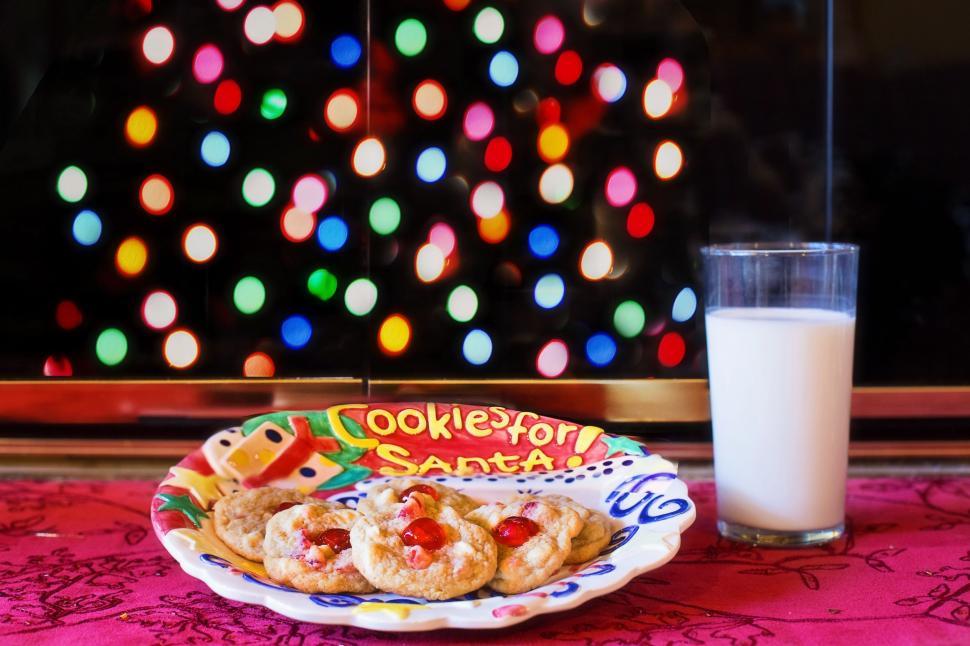
Cardiovascular health
As we all know from the depictions of Santa in popular media, he suffers from a number of cardiovascular risk factors. He generally is shown to have a high body mass index, with a large, rotund belly and an associated high percentage of body fat: the telltale signs of classic obesity. Santa also is a known drinker of alcoholic beverages, sometimes in herculean quantities, and has also been caught smoking more than once. It is very likely that his adverse work conditions play a role in these health factors, and also his penchant for late night snacking on unhealthy foods, such as cookies, only raise his cardiovascular health risks.
Because Christmas comes at the time of year that the northern hemisphere experiences winter, with Christmas falling very close to the northern hemisphere’s winter solstice, Santa is likely doing the bulk of his work during the holiday season in total darkness. As research has shown that “increased snacking has been seen in night shift workers, who are furthermore hampered in their efforts to maintain a healthy exercise balance,” one must truly begin to worry for Santa’s cardiovascular health. Add to that the fact that Santa’s work demands that a large volume of tasks be accomplished in a limited period of time, and you’ve got yourself a recipe for a heart attack or stroke.

Travel-related issues
“See the world by sleigh!” What a delightful advertisement that would be, were one to apply for Santa’s unique employment position, but believe it or not, this may actually come along with more cons than pros. Jet lag is a very real health concern, as Santa has to traverse all 24 time zones on Earth (and yes, all but one of them are inhabited) from sundown on Christmas Eve on one side of the International Date Line to sunup on Christmas morning on the opposite side of that same line. As that leaves him approximately 36 hours to complete that trip, working one enormous shift to do so, it seems unrealistic to expect him to end his shift in the same tip-top condition that he began it.
How does Santa manage these temporal transitions? Does the fact that 100% of his stops must occur during the night, without any daylight, further hinder his health? And if he needs to take some sort of medicinal supplement to help him cope with these transitions, are there unwanted side effects?
- Stimulants, such as caffeine or amphetamines, can cause anxiety, depression, seizures, headache, and psychosis, plus withdrawal often has negative side effects as well.
- Over-the-counter (melatonin) and prescription pharmaceutical agents (such as temazepam, zolpidem, or zopiclone) can help reduce sleep loss during and after travel, but do not necessarily help with regulating circadian rhythms.
The more one experiences jetlag, the more likely one is to see an increase in mortality rates, particularly in older populations. (At least, so far, in mice.) Santa must be careful.
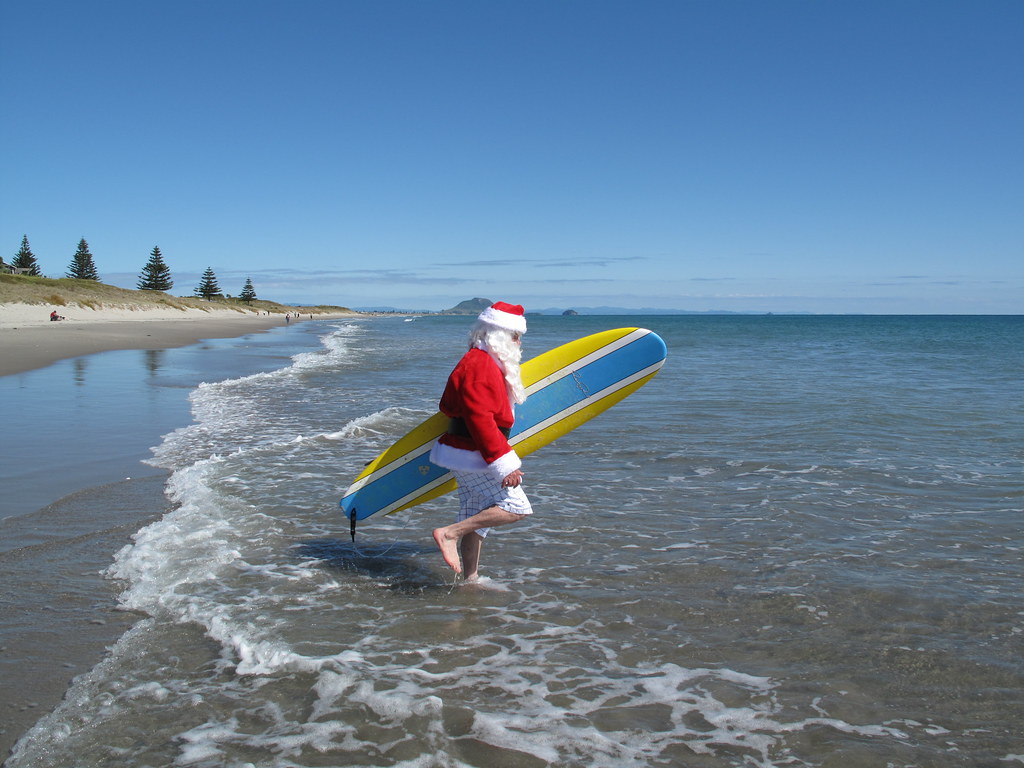
Heat stress
It cannot be denied that, when one lives at the polar regions of Earth, they acclimatize to the colder temperatures they typically experience. Living at extreme northern latitudes, Santa would be expected to experience heat stress when he visits equatorial and southern (during their summer) latitudes, and wearing a fur-lined suit would seem to only exacerbate that issue. If Santa truly enters households through their chimneys, as legend has it, then one must also consider the risk of work in hot and confined spaces, which sadly has not been well-quantified and deserves further study, according to NIOSH.
What sort of opportunities exist for some sort of heat acclimatization training for someone who will be suffering significant levels of exertion (e.g., carrying and unloading a heavy sack of presents) in a variety of weather conditions, from polar to equatorial latitudes, all in the same ~36-hour stretch? Whatever they are, there is no way they are sufficient to provide the necessary protective effects from heat stress. Heat exhaustion, or even heat stroke, must be considered a necessary occupational risk associated with performing the traditional duties of Santa Claus.
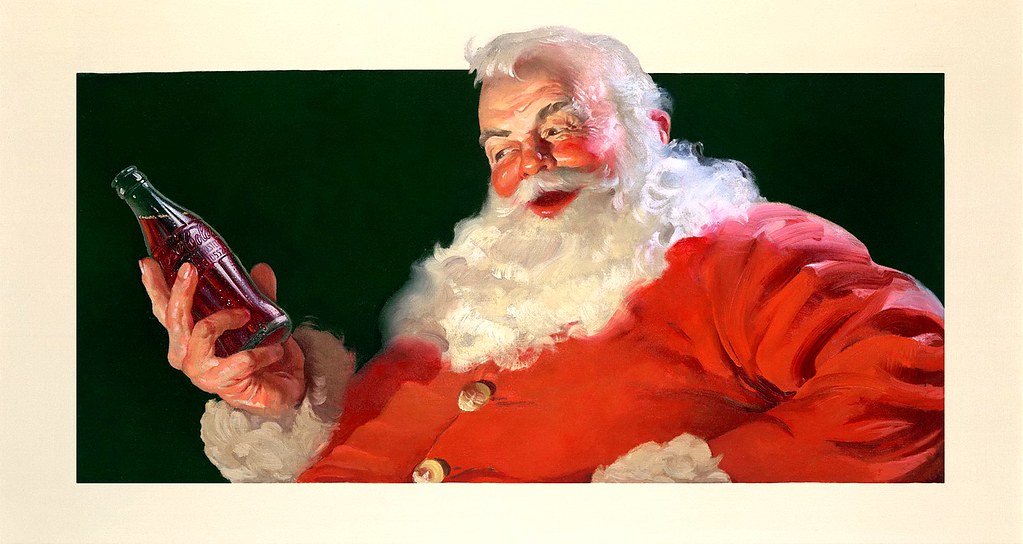
Age-related concerns
Sure, in popular media, Santa might be considered to be around 70-something years old, but the original Santa Claus, better known as St. Nicholas, can trace his birth all the way back to the year 280, making him more than 1700 years old! Now, it’s possible that there has been a large amount of succession planning when it comes to Santa Claus, as his depictions have been relatively consistent as an older gentleman since at least the 1930s, however there exists no record of this.
Older workers often struggle to remain productive and contributing members of the workforce, not only due to age-related discrimination but also due to the fact that many of them have difficult jobs that put them at risk of workplace-related injury. It’s hard to imagine a more difficult job than the one Santa performs each year in terms of what places you at risk for a workplace-related injury, and as Sebastian Straube and Xiangning Fan note:
“It is unclear whether Santa has ever been offered a workplace health promotion program geared toward helping older workers…”
and therefore, we can only conclude that being told not to worry about Santa’s age, and health status, is at best an unsupported platitude.
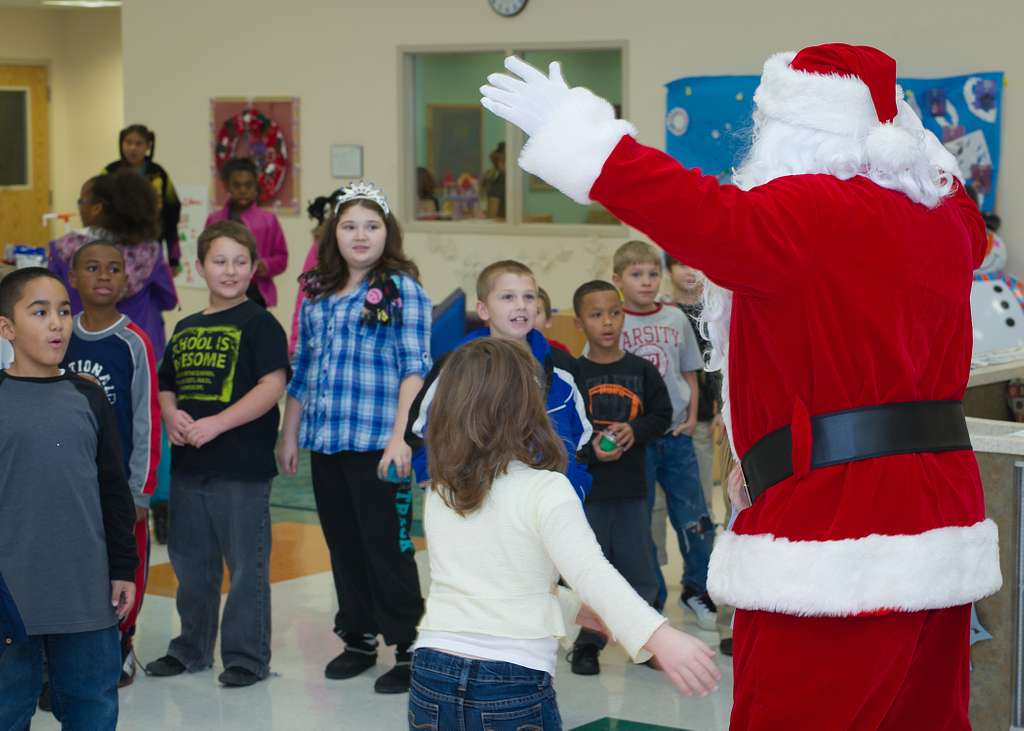
Mental health issues
We all know about Santa’s legendarily jolly disposition, even under the most dire of circumstances. Santa’s mental acuity, wherever it’s put to the test, is beyond reproach, as he appears to be gifted with:
- near-omniscience, as he knows when you’re awake and whether you’ve been bad or good,
- unparalleled vision, as he sees you when you’re sleeping,
- and remarkable detective skills, as he’s gonna find out who’s naughty or nice.
One might not think, on first pass, that Santa’s mental health is worth fussing over.
But on closer inspection, if he’s as nearly-omniscient as one would conclude, why does he need to keep written records, and why does he not only need to check said records, but to check them twice in the determination of one’s niceness or naughtiness? Is Santa simply behaving in accord with the standard operating procedures for his industry? Or is this an indication of compulsive behavior on Santa’s part?
As recent evidence shows, work stress is linked to many common mental disorders, including obsessive compulsive disorder. Additionally, Santa has been operating under scrutiny from the US Government (through NORAD) since at least 1955, and it’s possible that the many decades of government surveillance have taken a mental health toll on him as well.
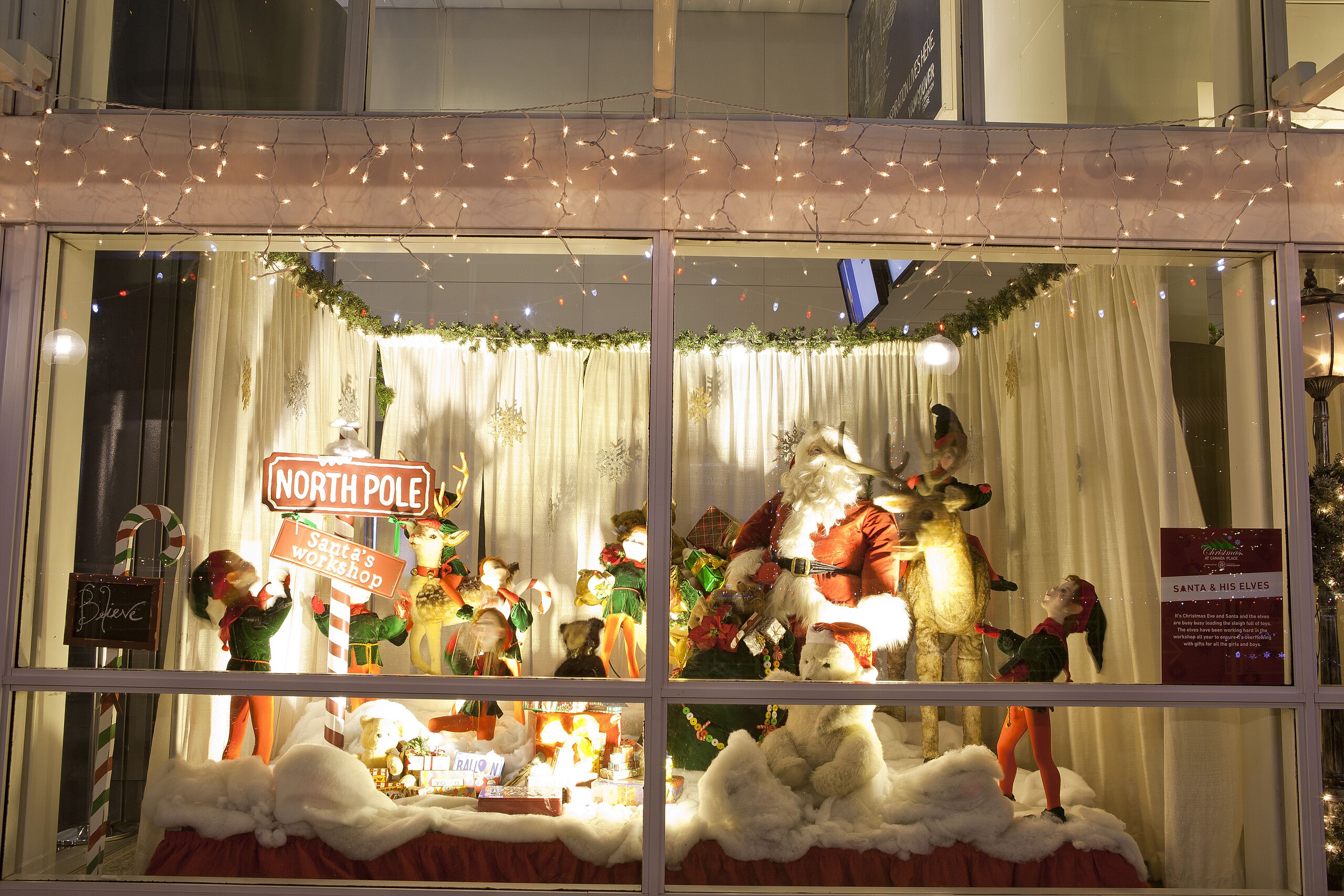
Workshop ergonomics
When you see Santa’s workshop, who is it who’s making toys inside? Is it Santa-sized humans, like the Claus himself? No, of course not: it’s elves. Although there’s a lack of published data on the average size of elves, it can be concluded, based on numerous documentaries, that they are in fact diminutive in stature compared to Santa. Being an outlier in height, weight, limb length, and other physical characteristics, Santa would likely require a dedicated ergonomic assessment of this famed “shared work environment” in order to avoid the health hazard of progressive-onset musculoskeletal disorders.
And yet, Santa appears to be a late adopter of evidence-based behavior change in nearly all regards. His lifestyle, outside of the 36-hour delivery season, appears to be largely sedentary. In fact, there exists little evidence that Santa has ever even undergone a routine medical checkup by a board-certified doctor. The closest we have is hearsay that he must have underwent a pre-employment drug screening, but even that assertion lacks a reputable citation. It would be unfair to single out Santa, however, for occupational health and safety hazards among the Christmastime creatures, as no peer-reviewed studies exist to quantify the hazards faced by reindeer and elves. In conclusion, the unique occupational hazards that exist for Santa Claus must be quantified, reckoned with, and mitigated, otherwise we all run the risk of having to face a true Christmas disaster.
